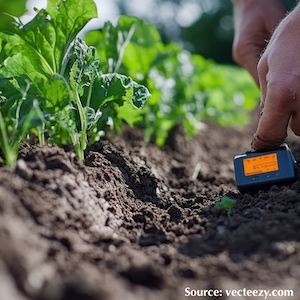Original Articles
Vol. 46 No. 2 (2015)
Guidelines for the design of a healing garden for the rehabilitation of psychiatric patients

Publisher's note
All claims expressed in this article are solely those of the authors and do not necessarily represent those of their affiliated organizations, or those of the publisher, the editors and the reviewers. Any product that may be evaluated in this article or claim that may be made by its manufacturer is not guaranteed or endorsed by the publisher.
All claims expressed in this article are solely those of the authors and do not necessarily represent those of their affiliated organizations, or those of the publisher, the editors and the reviewers. Any product that may be evaluated in this article or claim that may be made by its manufacturer is not guaranteed or endorsed by the publisher.
Received: 22 July 2014
Accepted: 8 April 2015
Accepted: 8 April 2015
10818
Views
2582
Downloads
4897
HTML









